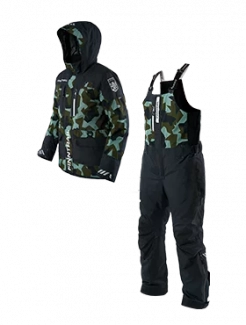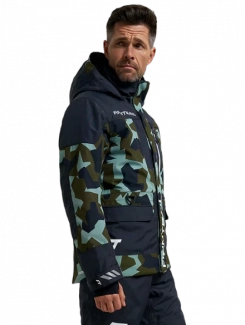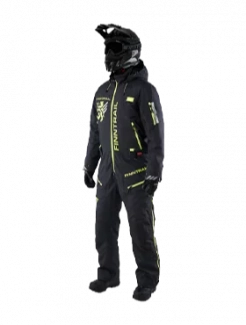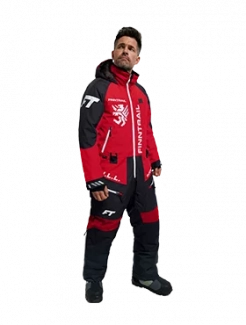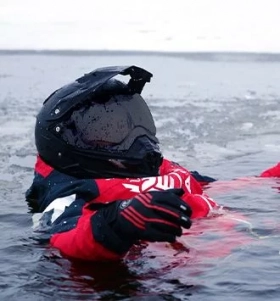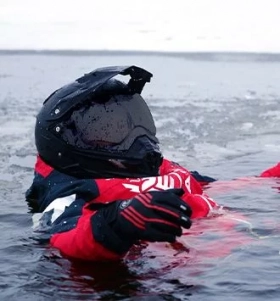Common snowmobiles problems and how to fix them in the field
For many of us the enjoyment of great outdoors when riding a sled is the easiest way “to get away from it all”. But when your sled stops performing well, “getting from it all” will quickly become “getting to nowhere”.
The experienced snowmobile drivers know that there is a range of common problems in the field. With a little know-how tips mentioned in this guide you can resolve them on the spot and get back on the trail.
Minor Issues
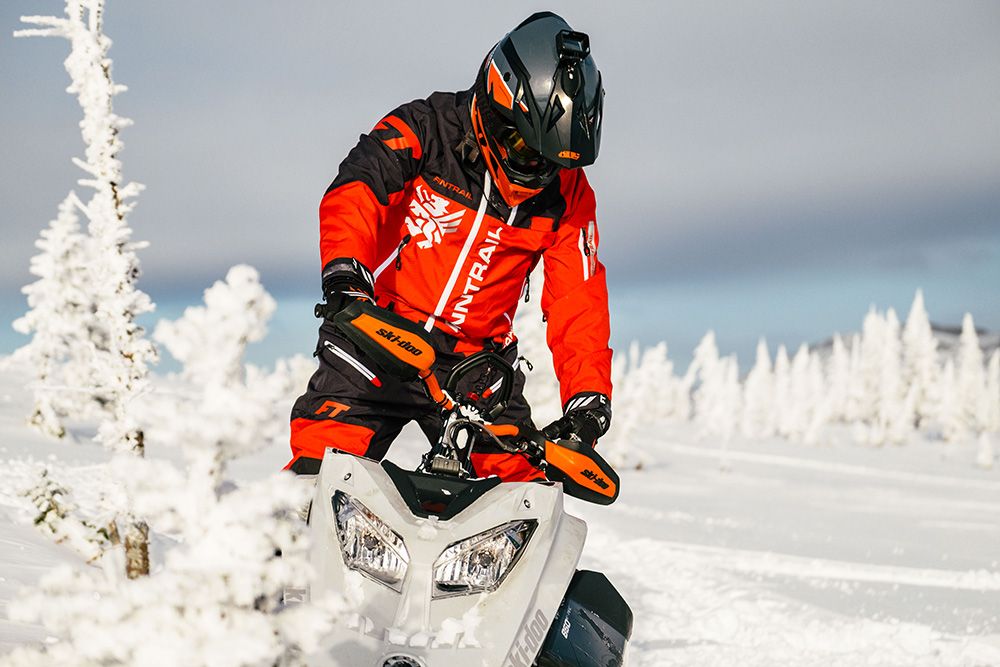
Let’s suppose, you’ve found out that something is wrong with your sled. Before you start calling your buddies to save your bacon, make sure that it’s not a simple issue. Have you accidentally hit the emergency stop switch? Does your sled have fuel? It may sound silly but you will be surprised how often this does happen.
If there is enough gas in the tank, but it’s leftover from the last season, it may cause performance problems. Drain it and replace with fresh one.
Make sure that your machine has enough coolant and motor oil. Check properly if all the nuts and bolts are tightened, and the wires are connected in a proper way. We also hope that all parts are well-maintained and work correctly. The beginning riders may consider these little things not important. But you know, that the devil is in the detail, don’t you?
Going Deeper

If quick fixes are not your case, take a close look at your machine. There are plenty of components that make your sled run properly. If any of them is out of order, it will cause trouble. Which one? Here is a list.
1. Flooded engine
First thing’s first, this problem is common for 2-stroke snowmobiles. Gasoline and oil are used as fuel, and a cold start makes the spark plugs become damp at low engine speeds.
Your sled starts flooding if you over-prime or over-choke the engine. You might hear that your engine is extra noisy, smell gas or even see it running out of the exhaust pipe. Perhaps the best remedy for the flooded engine is time. Simply let excessive fuel evaporate for around 20 minutes before trying to restart.
If you don’t want to wait in the cold, you need to dry spark plugs by yourself.
- Hit the kill switch
- Pull the spark plugs and clean them carefully
- Pull the sled over 10 times and put spark plugs back in
A couple of spare plugs can also solve this problem anywhere.
2. Overheating
A huge variety of issues may lead your sled to overheating – from bad electrical connections to blocked exhaust system. However, if you have a liquid-cooled sled, the common reason is the lack of snow – at the beginning of the season, on hard-packed snow terrain, and especially on ice.
Fan-cooled snowmobiles can also overheat. It happens when the air temperature outside is high enough and can’t cool down the engine.
- When you notice that your snowmobile gets hotter than usual, stop riding immediately.
- First, check the coolant. If it’s not at the proper level, refill it.
- If you have a 4-stroke snowmobile, check the engine oil as well.
- Look closely at the heat exchanger. It should be undamaged, clean and not covered with debris.
- Make sure that the snowflap is not stuck into a track.
If you’ve got the engine overheating, the first thing you should do is to drive into deep snow. Also you may throw as much snow in the tunnel as possible.
When dealing with snow, make sure that your hands will stay dry. Otherwise, the wind chill and low temperature will do their job, and your wet hands will get cold and numb very fast. Sounds bad, doesn’t it! So, always wear good insulated and waterproof gloves while snowmobiling.
3. Plastic rails worn out
Another issue caused by riding on a snowless track or ice for a long time is the damage of the plastic rails. They wear out. If it is your case, find snow to cool down the track shackles and reduce friction.
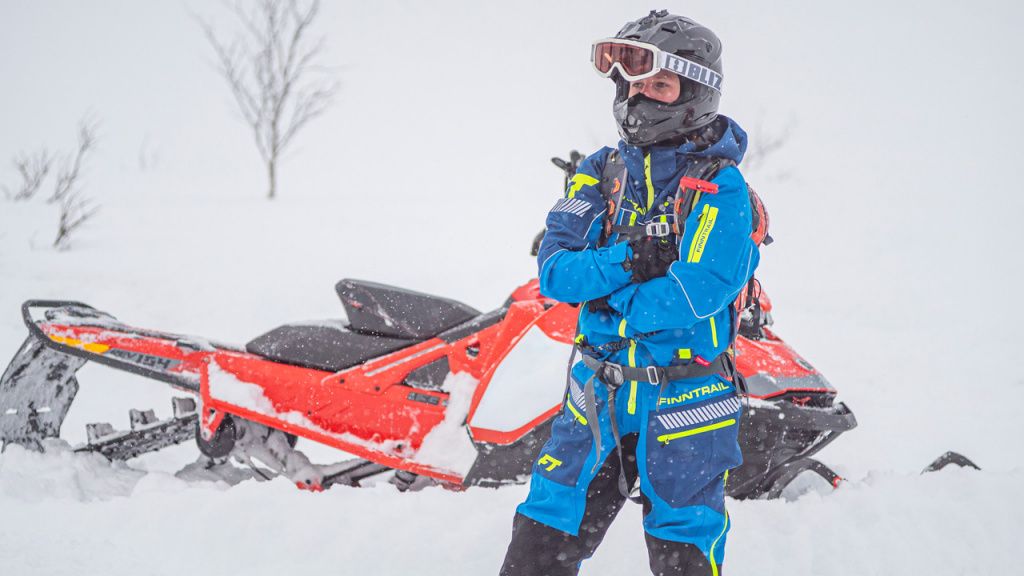
4. Clutch system in a trouble
You will definitely notice it. The reasons why your drive belt fails completely or partially may be different – from disintegration to glazing. Obviously, you won’t be able to fix it with a set of supplies or tools that riders are used to have on board. To prevent this breakdown on a trail, check your drive belt, its lugs and edges before each ride.
While waiting for help, manage your body’s heat exchange. Why is it important? When you’re on trail, you always warm up because of intense physical activity. When you stop, your sweat evaporates and you gradually cool down. If your emergency stop takes a long time, the wind chill and low temperature will do their job, and you will get cold very fast. Sounds bad, doesn’t it! To prevent any post-ride shivers, always put on thermal underwear.
5. Other common problems
In addition to everything mentioned above, there is a number of other common sled problems:
- loose tracks
- broken suspension roller
- silent block malfunction
- stretched chain
To eliminate these issues on the trail, it’s better to keep up with regular maintenance and perform service checks for your machine. Some of the problems you will easily tackle yourselves. But if you are not sure, seek the help of a snowmobile professional.
Remember, it’s not the question of your sled performance – it’s the matter of your personal safety. So, do not neglect taking regular vehicle maintenance seriously. And do not let the enjoyable day on the trails turn into distressing day in your garage.

